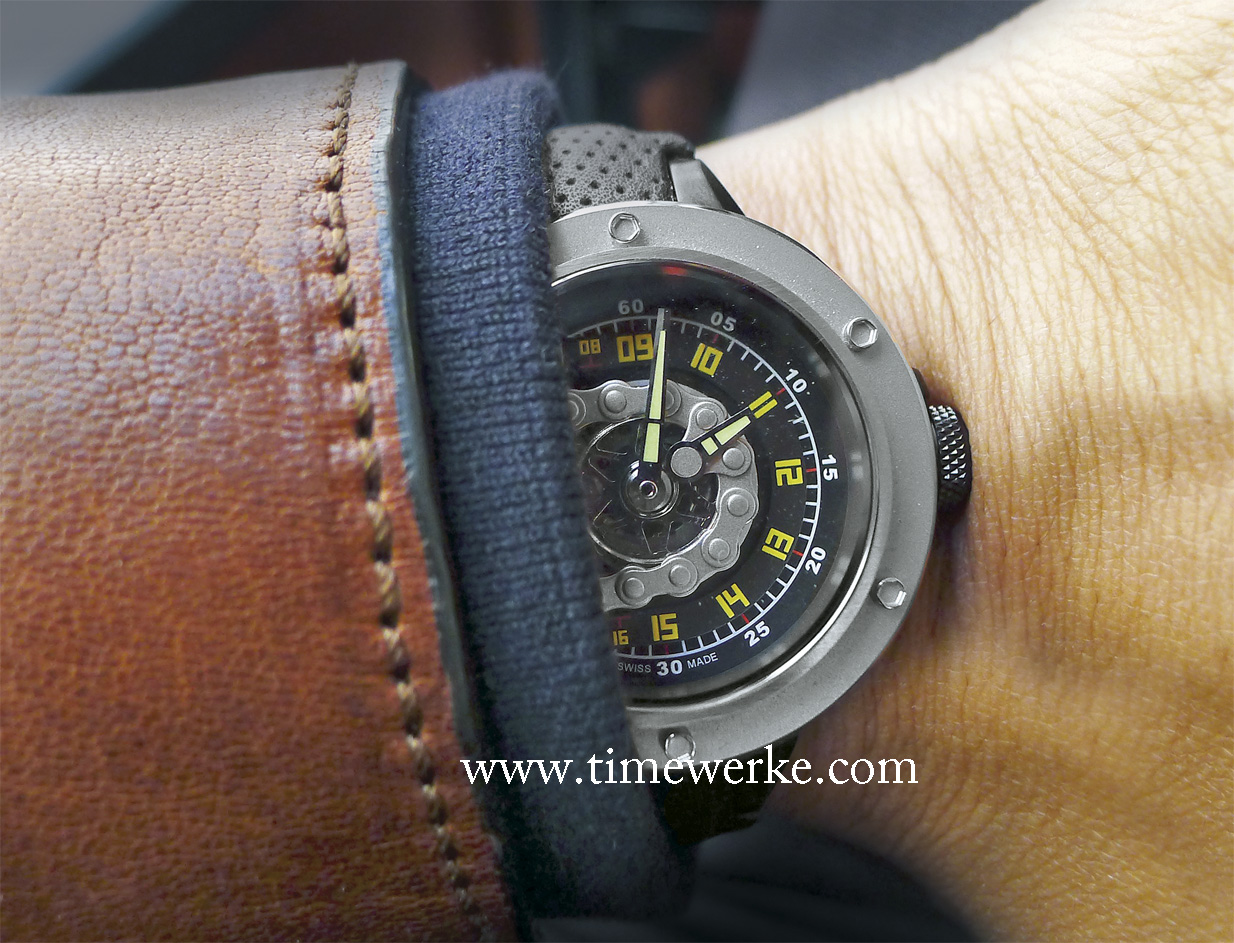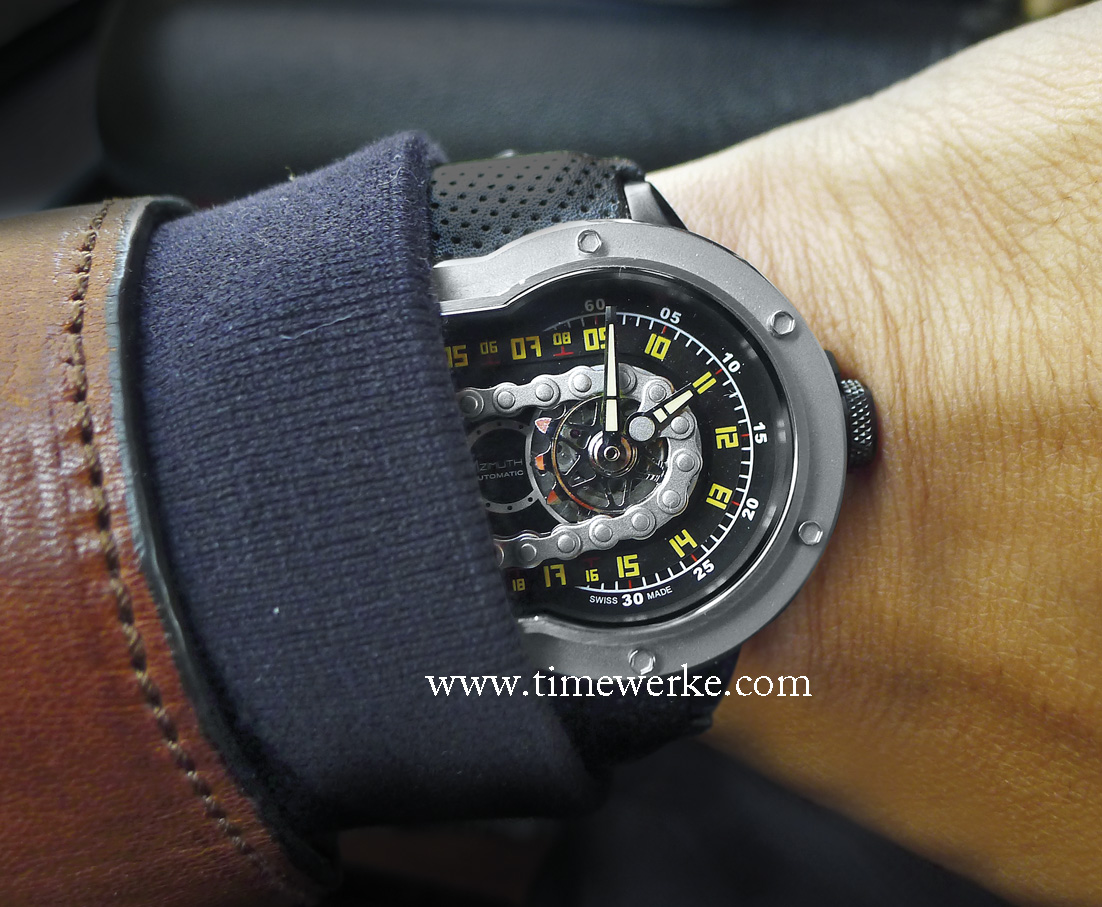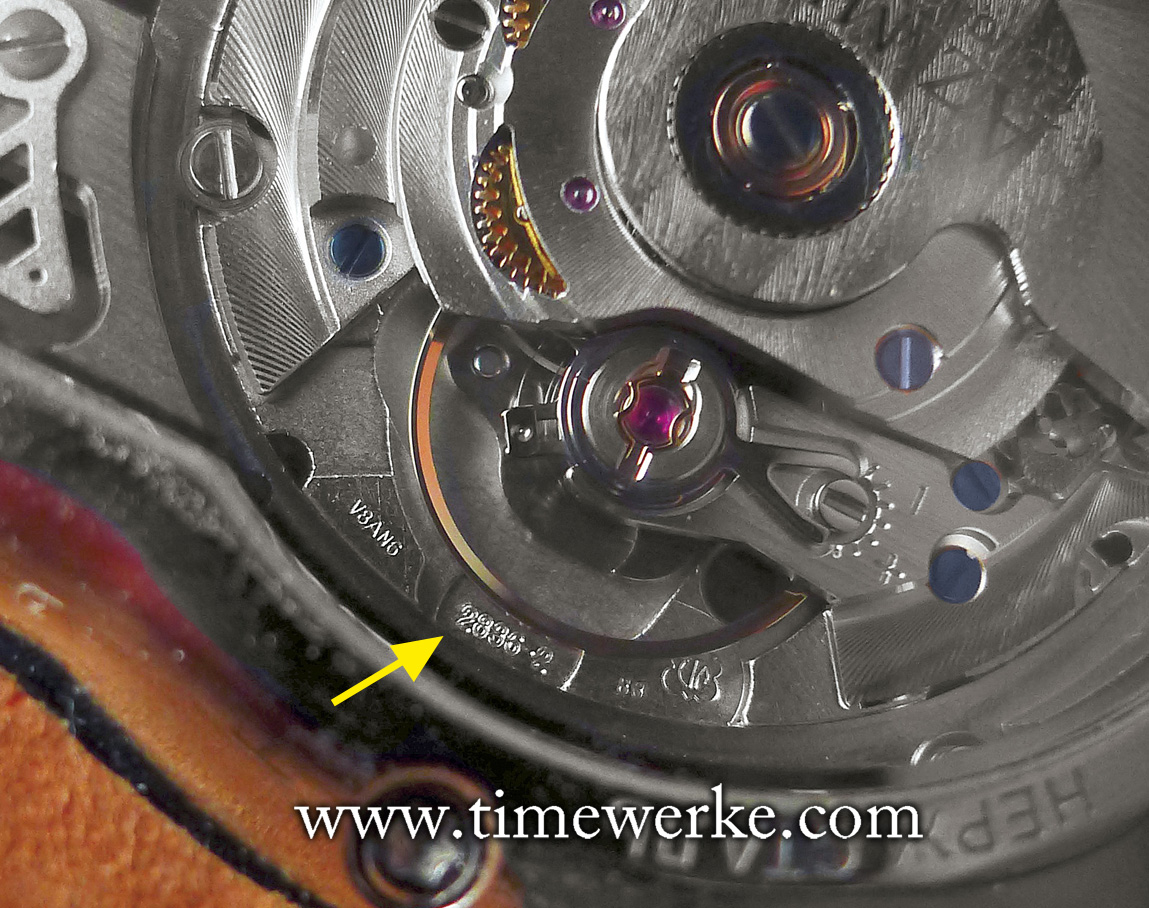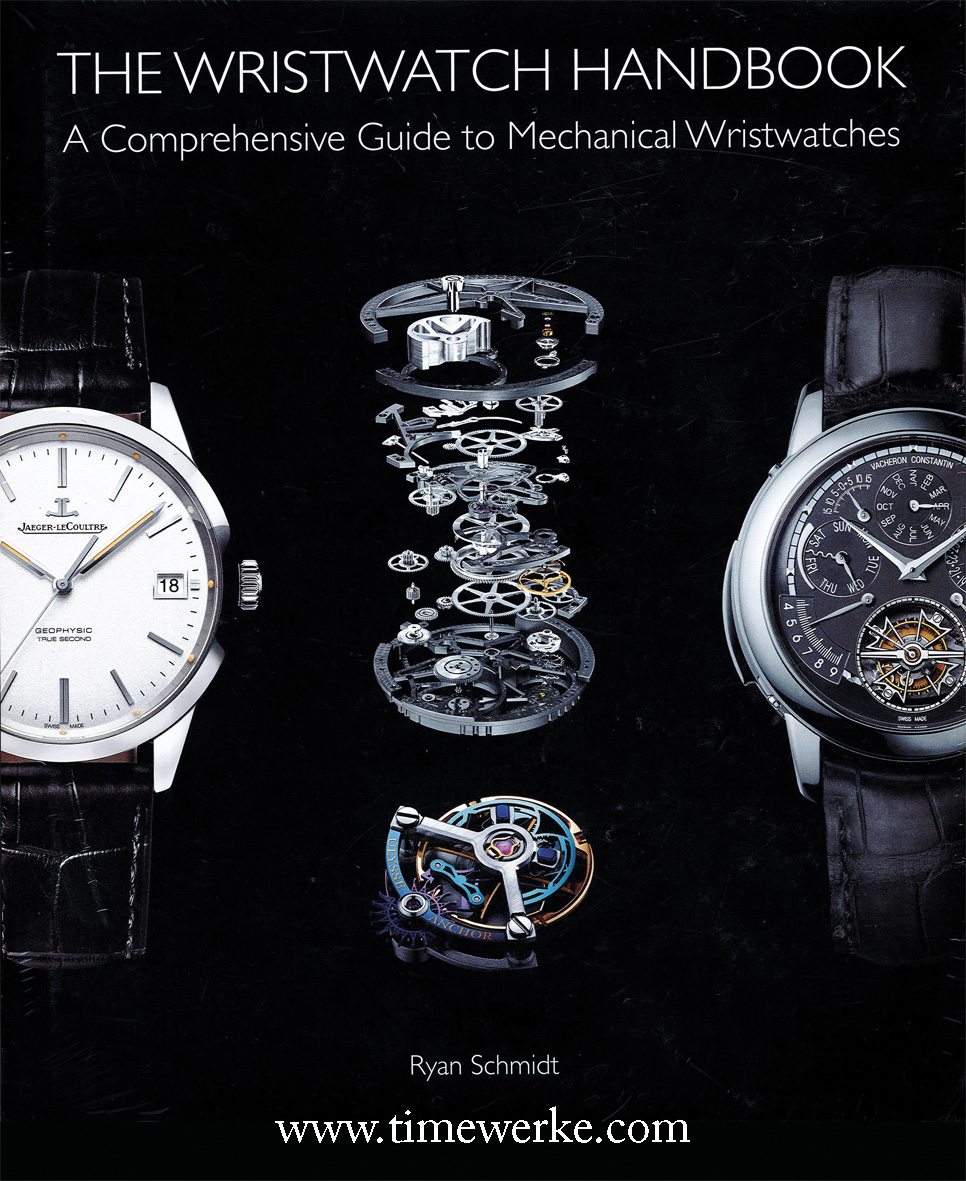
The Wristwatch Handbook: A Comprehensive Guide to Mechanical Wristwatches by Ryan Schmidt, published by ACC Art Books Ltd.
When I first thumbed through The Wristwatch Handbook and looked at the images, my initial fear was that it was going to be another cut-and-paste job.
However, such a fear was totally unfounded. Once you begin reading what Ryan Schmidt has to share, the content value of what this book has to offer multiplies exponentially.
For example, did you know that the 24-hour orange-tipped hand for referencing the second time zone (home time) on the Rolex Oyster Explorer II can also be used as a day and night indicator?
This is a useful feature especially for explorers in extreme environments where they cannot easily discern between night and day.
If you own a chronograph watch, do you know what a Compax layout is? How about the Valjoux layout or even the Tri-Compax layout? If the answer is no, then this is the ideal handbook for you as it is a great aid as an educational guide and reference tool.
Did you also know that Patek Philippe’s Ref. 5980 Nautilus chronograph features what is known as the clock-face register, as its combined chronograph hour and minute sub-dial mimicks the layout of a regular watch face.
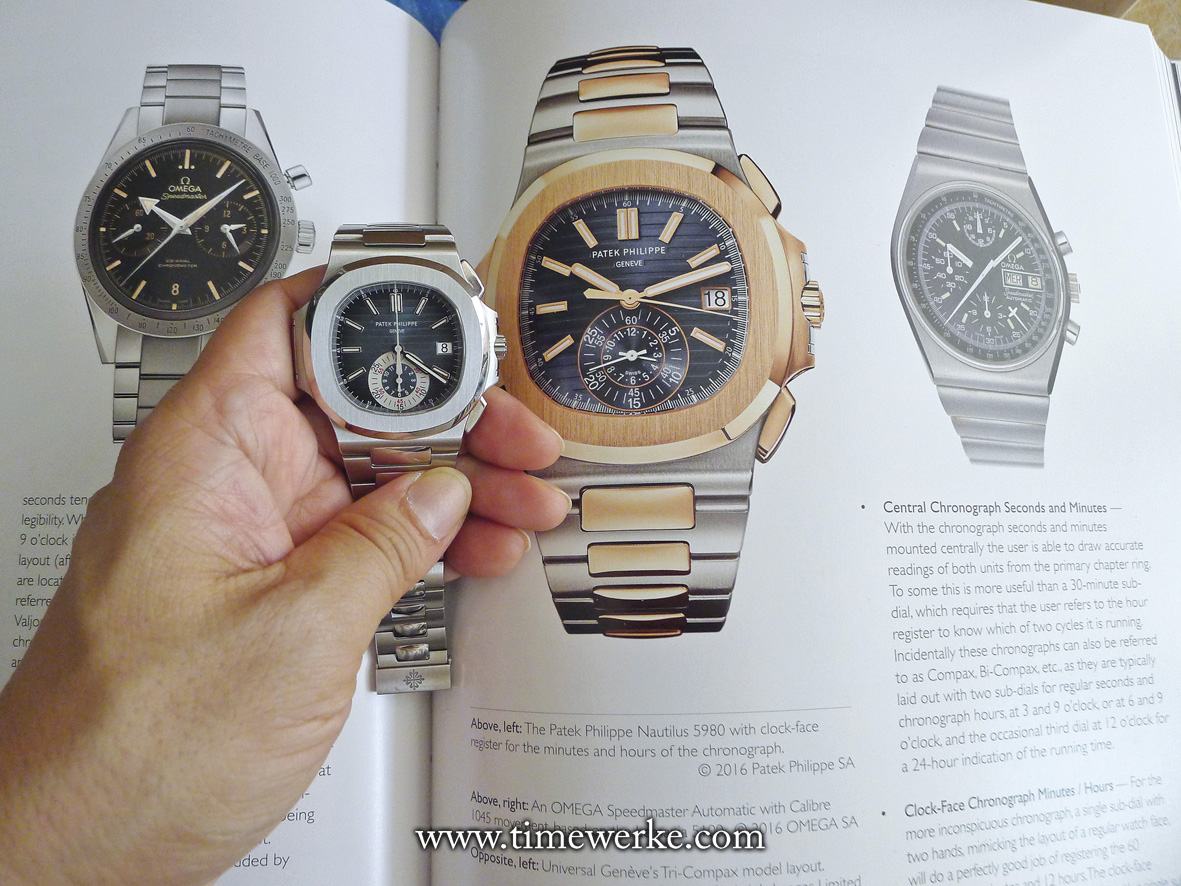
Discovering why the chronograph sub-dial on Patek Philippe’s Ref. 5980 Nautilus is known as the clock-face register. The Wristwatch Handbook is available at Kinokuniya in Singapore. Kinokuniya is Singapore’s largest bookstore and this resource-rich horological book is priced at SGD105.93. Photo: © TANG Portfolio / TimeWerke.
Many of the images are of contemporary watches which makes this handbook highly relevant not just for novice watch enthusiasts but for seasoned collectors.
One pleasant surprise was the explanation of resonance watches of which there are only a few in the market.
As John Reardon, International Head of Watches at Christie’s points out: “For the knowledgeable and experienced collector this book opens up the door to other collecting categories that may not have been of interest to you before.”
What must also be noted is that rather than just focus on the big brands, Schmidt has included brands such as Romain Gauthier, MB&F, Louis Moinet, Ball Watch, Parmigiani, Greubel Forsey, Harry Winston, Christophe Claret and Maurice Lacroix. Even the relatively “new kid on the block”, HYT, is featured.
“Rather than just focus on 10 or 20 of the leading brands, the book is brand agnostic. It doesn’t matter what price it retails for, what logo it has on the dial, or what holding company owns the logo, if it does a great job of illustrating a given concept, it gets the attention it deserves,” Schmidt explains.
We are pretty sure that there are many gems in this book that the reader can pick up, be it watch tips or educational information.
The Wristwatch Handbook will not have a place on my bookshelf; it earns itself a permanent place on my work table simply because it will be referenced regularly.
i. More on The Wristwatch Handbook at its official web page at www.wristwatchhandbook.com.
ii. Read what others say about The Wristwatch Handbook.

